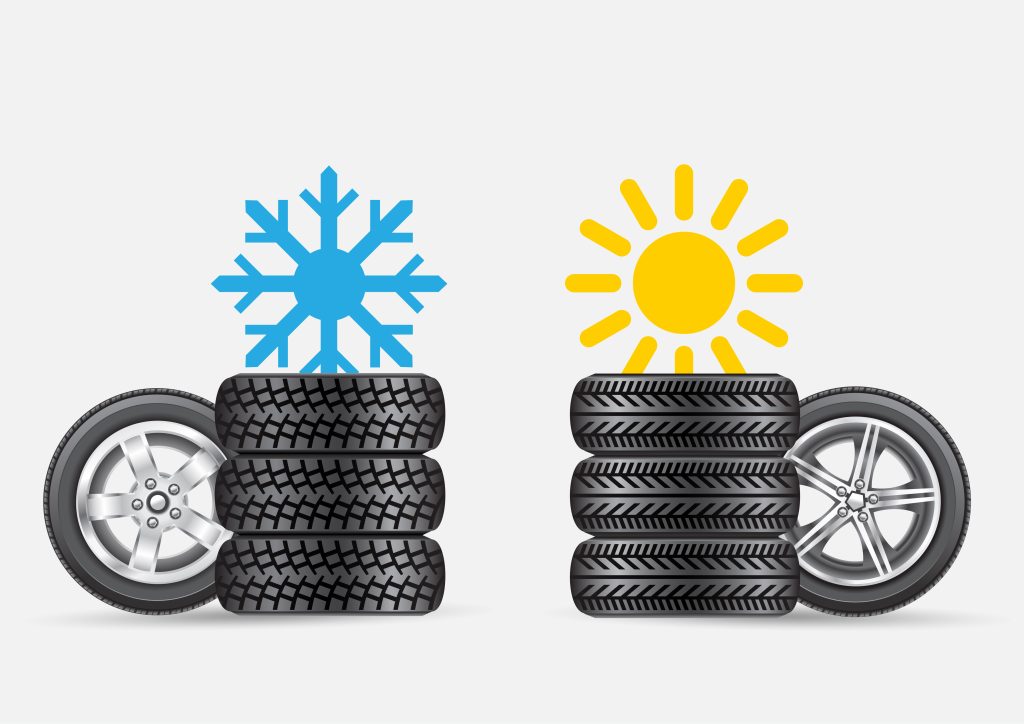Apr 18, 2024

Spring has sprung, and if you haven’t already, it’s time to put away the winter tires! While winter tires are durable, if they aren’t stored correctly they can deteriorate faster than you think. So, read our guide below to be sure that you’re taking care of your seasonal vehicle accessories. And if you’re looking for a new set of tires for the warmer weather ahead or just want to make the switch to all-seasons, schedule a service appointment with our certified professionals and let them get your car ready to hit any road!

Younger Toyota’s Guide To Storing Your Winter Tires
- Cleaning your tires is a vital role in keeping them healthy and happy. So, give them a good scrub with proper cleaning supplies and a brush that will help reach into those nooks and crannies your wheels have! You want to be very strict about cleaning. This gunk might look harmless but it can be deceptively corrosive. Also, don’t be afraid to look over your tires to ensure there is no uneven wear and tear, cracks, or bulging.
- Cover each tire in a bag big enough that it can be closed and will not expose the tire. You can choose between industrial size garbage bags or search the web for specifically designed bags for this purpose. Once the tires are placed inside, seal the bag and remove as much air as you can possible.
- Now is a good time to locate a good place to store your tires. Do not place them in a spot outdoors or in an area that is subject to temperature swings. Covered or not, extreme temperatures can damage tires and will lead to drastic effects. Also, keep your tires away from motors that produce ozone. These, too, can cause damage to your tires. These are things like your furnace, hot water heater, or sump pump. Look for an area that is climate controlled, cool and dry, and will not experience drastic humidity levels.
- Stacking the tires is the last step when it comes to storing. While we hope you have covered your tires, we understand that not everyone chooses to do so. If that is the case, stack your tires white to white and black to black. Without wheels, lay tires flat and stack one atop the other. With wheels, place them vertically next to one another. In both situations, rotate once a month to help reduce pressure on either wheel or tire.


![[Facebook]](https://www.youngertoyota.com/blogs/67/wp-content/plugins/bookmarkify/facebook.png)
![[Google]](https://www.youngertoyota.com/blogs/67/wp-content/plugins/bookmarkify/google.png)
![[Twitter]](https://www.youngertoyota.com/blogs/67/wp-content/plugins/bookmarkify/twitter.png)


